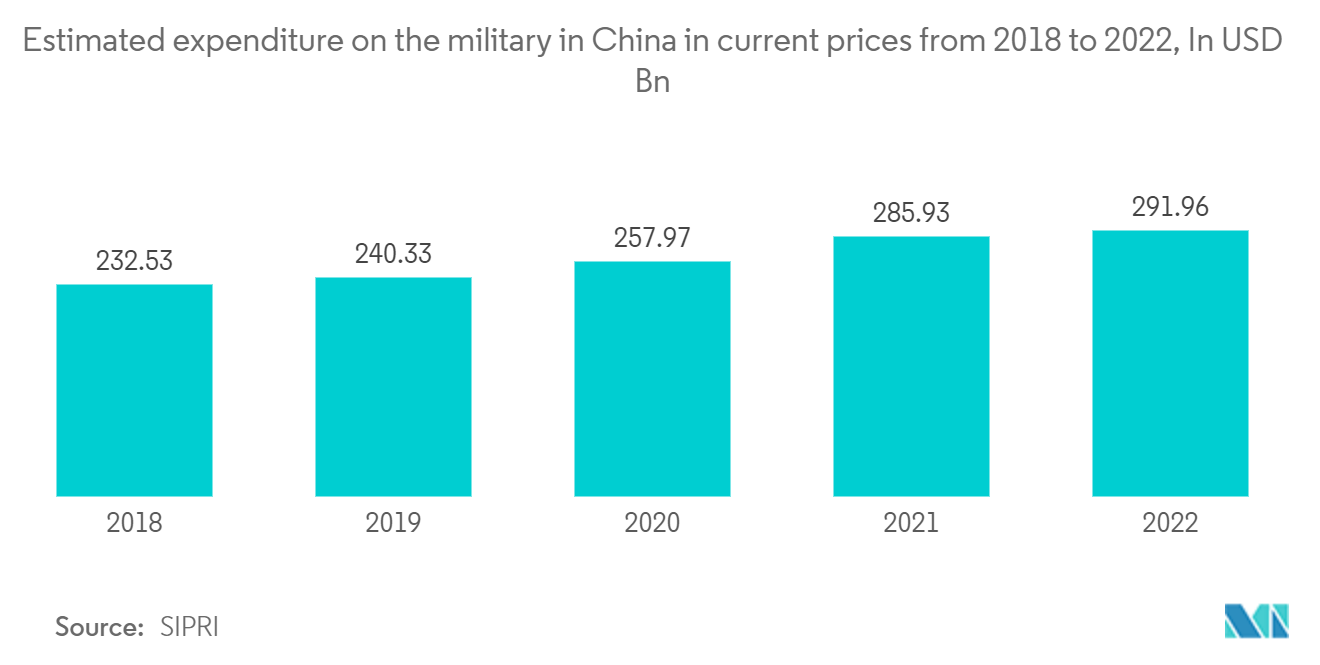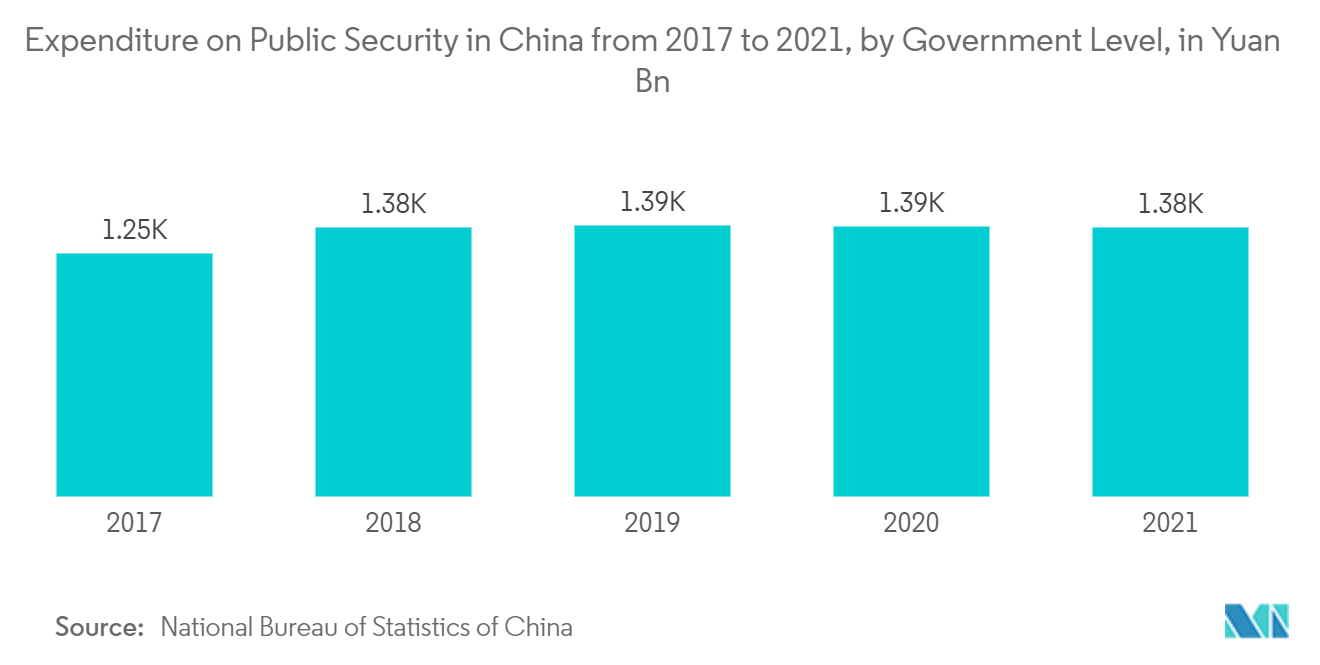Market Trends of China Satellite Imagery Services Industry
The country's Investments in Space Technology and Defense Drives Market Growth.
- The country has been investing in the manufacturing and constellation of satellites for advanced and high-resolution imagery through the China Association of Science and Technology to offer satellite image data in various applications for the management and monitoring of Urban development, agriculture, natural resource, defense, and transportation, which fuels the market growth in the country.
- Additionally, the country launched the SuperView Neo commercial Satellites in 2022 from the Jiuquan Satellite Launch Center in the People's Republic of China as part of a 28-satellite constellation that would provide 30cm high-resolution panchromatic and 4-Band multispectral satellite imagery, which would fuel the adoption of satellite imagery services in the country supported by the enhanced picture quality of the satellite images.
- The country has strategized its governmental initiatives and space programs supported by its financial growth to enhance its technical expertise in developing powerful rockets to successfully deploy satellites into orbit by developing indigenous launch capabilities for civil and military applications. In addition, the Chinese military uses satellite imagery to monitor enemy forces by taking detailed photographs of their rivalries, which can be used for intelligence-gathering.
- For instance, in June 2023, China launched a Long March-2D rocket to place 41 satellites in orbit, a domestic record for the most satellites lifted in one go, including the Jilin-1 Gaofen 06A, which has been designed with upgraded image sensors, which would increase the resolution of satellite images and expand the visible range by 50%.
- Additionally, in April 2023, Chinese scientists conducted a landmark experiment by allowing an artificial intelligence (AI) machine to take complete control of a satellite in near-Earth orbit to test its behavior in space, which would support the satellite imagery services by increasing its reliability because of the integration with advanced analytics.

Surveillance and Security Application Contributes a Significant Portion in the Market Share
- China is a technologically advanced country with border disputes with India, Taiwan, etc., creating a demand for satellite Imagery services for surveillance and security applications. Additionally, the country is developing various surveillance satellites for military and civilian applications. These satellites are used for various purposes, including monitoring the country's borders, surveillance of vessels in the South China Sea, and reconnaissance and intelligence gathering.
- Furthermore, the Chinese government is reportedly developing a high-resolution optical imaging satellite capable of resolving objects as small as 1 meter on the ground, which have many applications, including intelligence, surveillance, communication, and navigation capabilities.
- For instance, in August 2022, China planned to add three new satellites to its classified Yaogan Earth observation and reconnaissance series with the latest launch out of the hills of southwest China for civil and Military applications, supporting the availability of satellite imagery data for surveillance and security purposes, and these images could be commercialized. It would create an opportunity for satellite imagery service providers in the country.
- The country has been implementing satellite imagery services in internal security management to protect natural resources from illegal activities in the country's remotest areas, which fuels the adoption of the market in the security sector in China.
- Additionally, in May 2023, China used satellite monitoring to secure and protect nature-conservation areas from illegal developments, such as mining and construction, and added a fleet of 30 satellites to cover 3 million square kilometers of land and 150,000 square kilometers of sea, which would generate satellite imagery data in the country and would support the market growth.


